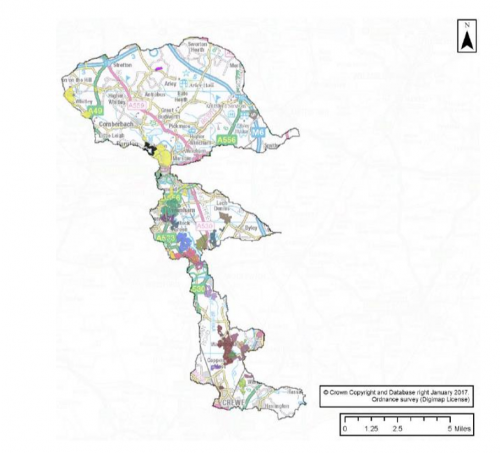CSFF040007
Lead: Carl Smethurst, carl.smethurst@merseyforest.org.uk
Group members: 24
Length of agreement: 3
Area of group (Hectares): 4620
1. Flood Risk Management
2. Woodland Creation and Management
3. Water Quality Improvement: Reducing nitrates, phosphates, sediment and pesticides in watercourses and the Sandbach Flashes SSSI
4. Biodiversity: Focusing upon wetlands and wet grassland management for lapwing and curlew and improving the biodiversity value of riparian areas.
5. Landscape and the Historic Environment: Particularly hedgerows and hedgerow trees.
The Lower Dane and Northwich tributaries are complex landscapes where we propose a proactive approach addressing: flood risk alleviation, water quality recovery and hydro morphological restoration through nature based solution are considered key objectives. Over 500 properties are at significant (1%) river flood risk in Northwich, 25 in Winsford, 25 – 50 in Crewe and around 50 at sewer flood risk in Middlewich. Alongside the decline in water quality from nutrient enrichment, hydro morphological impacts from HS2 (EU WFD) will require offset. Members agree that their land is crucial in tackling these issues.
The Weaver Gowy Catchment Action Plan sets out the measures to restore the riversystem, attempting to balance economy and the needs of people with the landscape and biodiversity. Key objectives to consider include: woodland creation and water attenuation along and around watercourses and increasing opportunities for priority habitat wet woodland for declining priority willow tit and swamp lookout spider. Fundamentally, these types of measures will address multiple objectives and yield multiple benefits. We have members in the right area of the catchment to deliver these priorities and have identified other farmers we’d like to approach as the project develops.

